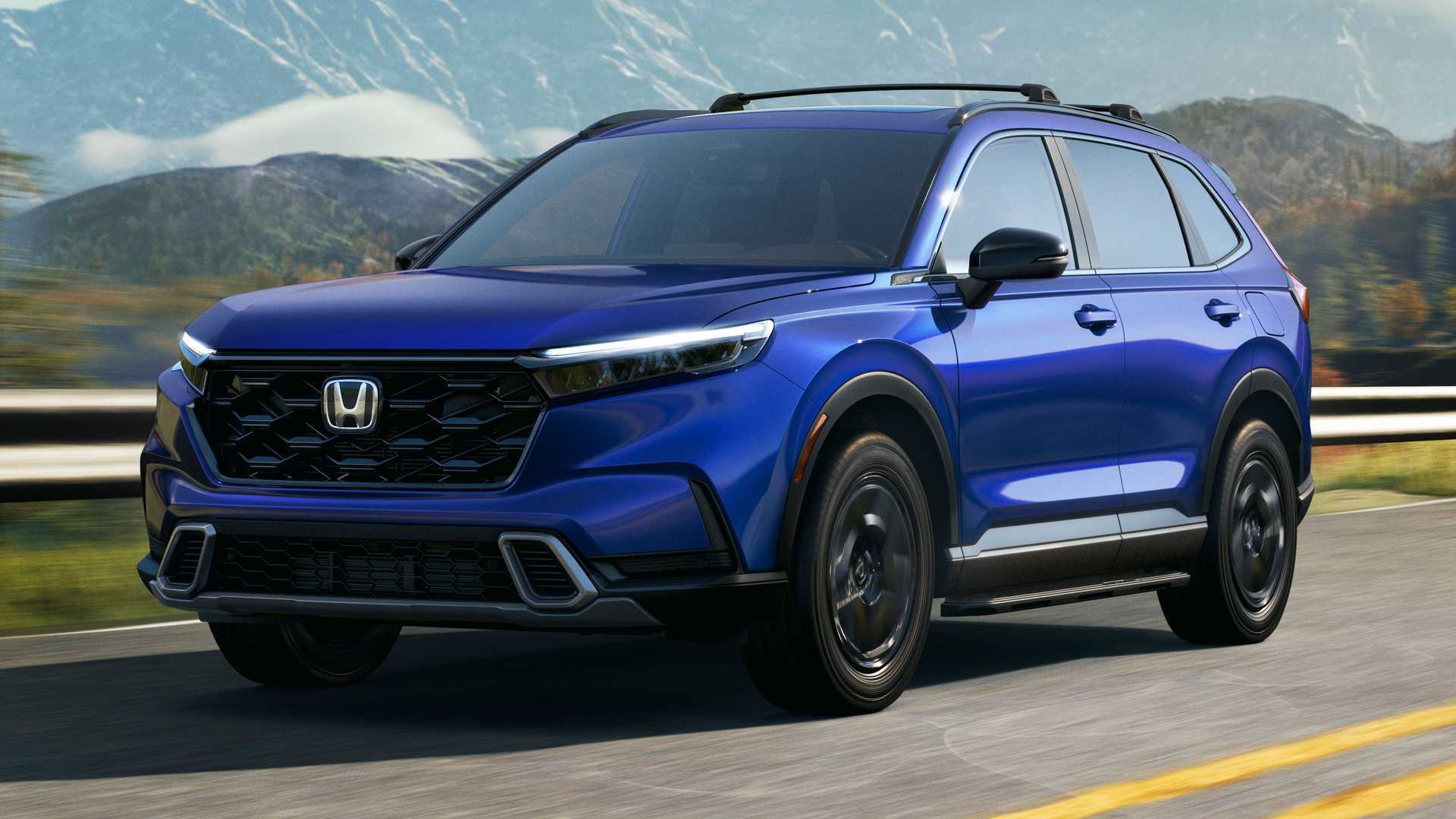
Honda’s Anna Engine Plant in Ohio has produced its 30 millionth powertrain. The 2.0-liter four-cylinder hybrid unit, destined for an Accord or CR-V, signifies the shift happening throughout the industry that will be pivotal to the plant’s future.
In the US, nearly 60 percent of Accord and CR-V sales are of the brand’s two-motor hybrid-electric system. The powertrain bridges the era of pure combustion engines the facility started producing in 1985 and the battery-electric components it will build in a few short years.
Gallery: 2023 Honda CR-V Hybrid







Honda is investing $700 million to retool its Anna Engine Plant, East Liberty Auto Plant, and Marysville Auto Plant so it can produce battery-electric vehicles. Anna will make the cases for Honda’s Intelligent Power Unit that will house the battery module and its controlling hardware.
The Anna facility is Honda’s largest engine plant in the world and has produced more than just engines. Over the years, employees have made transmissions, suspension components, and wheels. It employs 2,900 people today who build Honda’s V6 and inline-four engines, including hybrids, and the company expects to sustain employment levels at its facilities during the transition to EVs.
Honda’s EV hub will also include a new joint venture battery facility with LG Energy Solutions, which recently broke ground. The combined investment is projected to reach $4.4 billion, and the facility will produce lithium-ion batteries for the EVs that will be produced at Honda’s East Liberty and Marysville factories. Honda had initially planned to begin EV production in Ohio in 2026, but it changed course and moved the start forward to 2025.
Honda will transfer engine production out of Anna by August as it preps the facility to produce the cases. Other changes include moving Accord production from Marysville to Indiana to consolidate production lines so the automaker can begin producing EVs.
While the automaker is investing considerably in electric vehicles, the company believes combustion engines could linger beyond 2040. However, it’s also pushing for EVs and hybrids to account for 40 percent of its sales by 2030, as that’s the direction the industry is heading.







